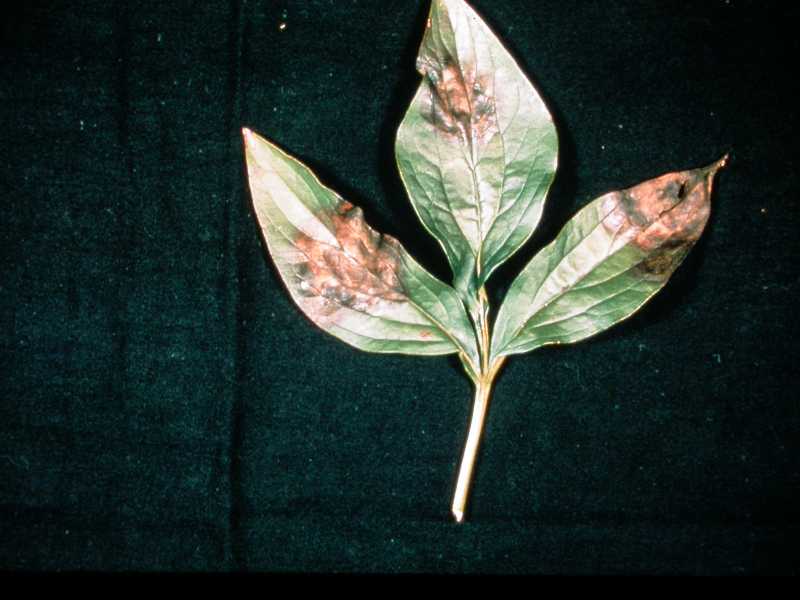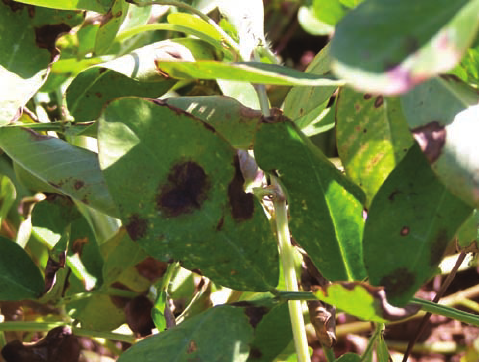

If you have dead plant tissue on your greenhouse bench, it is likely supporting sporulating Botrytis!įungicides must be applied to ornamentals as a foliar spray to be effective in controlling Botrytis blight. Sanitation is an important first step to reduce Botrytis in your greenhouse. Reduce the relative humidity for a minimum of 24 hours immediately following the harvesting of cuttings to help “dry” the wounded stems and thereby limit stem blight.įinding the beginnings of brown/gray fuzziness on lower leaves can signal the need for disease control measures. Reducing relative humidity by spacing plants further apart and providing good air circulation can be helpful. Watering in the morning so the foliage can dry rapidly is one way to minimize Botrytis. Water allows the Botrytis conidia to germinate and penetrate the plant. Plants may also be susceptible if they become wet from water dripping from overhead, dew or condensation. When the weather is moist and humid, susceptible plants may need to be protected from Botrytis infection. Botrytis can also infect dead plant tissue in the pot or on the greenhouse bench or floor, which can be a source of future infections. On bedding and stock plants, Botrytis typically becomes established and produces conidia on older lower leaves that are near the moist soil surface and under the plant canopy. Infection that can start as a small leaf spot that can quickly coalesce into a large necrotic area or infect the cut stem surface of stock plants and progress downward, causing a dieback of the entire plant. Botrytis produces large masses of gray conidia or spores (hence the name “gray mold”) that can be carried on air currents to healthy plants where blight can become established. Botrytis causes leaf spots (Photo 1), blighting ( Photos 2-5), stem cankers and damping-off. European Journal of Plant Pathology 111: 249-262.Botrytis cinerea is a fungus that infects many greenhouse ornamental and vegetable crops. Control of Botrytis cinerea in glasshouse fuchsia by specific climate management.

Reference Friedrich, S., Gebelein, D., and Boyle, C. Do not use with other products in the tank.

Terraguard SC at 4 to 8 fl oz/100 gal water.Use with oils or adjuvants may cause plant damage. Spirato GHN at 2 to 4 fl oz/100 gal water.Phyton 27 at 1.3 to 2 fl oz/10 gal water.Avoid excessive runoff to small plants, which may result in stunting and/or chlorosis.
#BOTRYTIS BLIGHT FUCHSIA PLUS#
OHP 6672 4.5 F at 10 to 14.5 fl oz/100 gal water plus another fungicide.Use with oils or adjuvants may damage plant. Medallion WDG at 2 to 4 oz/100 gal water.Protect DF at 1 to 2 lb/100 gal water plus 2 to 4 oz spreader-sticker.Fore 80 WP at 1.5 lb/100 gal water plus a spreader-sticker.Mancozeb-based products can be used as mixing partners and provide some protection.Decree 50 WDG at 0.75 to 1.5 lb/100 gal water.Astun at 10 to 17 fl oz/100 gal water.Limit the use of any one group during the growing season. Tank-mix and/or alternate products from different groups with different modes of action to prevent the buildup of resistant fungi. If using DROP or DIP for size control, do not let humidity rise above 90%.Ĭhemical control Best when used with cultural controls. Maintain growing temperatures in low 60s for day and high 50s for night, which can be increased to the mid 60s (negative DIF) once plants are in hanging baskets.Allow to dry between irrigations especially during short days.Do not moisten the leaves when watering.Increase plant spacing for improved air circulation.Increase ventilation and air circulation, and keep plants dry.Remove and destroy infected tissues or fallen plant debris such as spent or aborted flowers.In humid conditions, a fuzzy fungal growth that is brown-to-gray appears around the infected tissues. Stems can develop dark cankered areas resulting in wilting of foliage above that point. Symptoms Infected leaves and flower parts develop a soft, brown decay. Growing fuchsias under conditions that are too warm can result in soft plants that cannot withstand shipping. This in turn can encourage more disease development as this fungus colonized these dead or weakened tissues. Severe water stress in the spring can cause fuchsia flower buds to abort and lower leaf yellowing or defoliation. Under cool, humid conditions, and low light levels in greenhouses, the disease spreads rapidly.

Survives in plant debris, favored by high moisture and low temperatures. Greenhouse Plants, Ornamental - Gray MoldĬause Botrytis cinerea, a fungus.


 0 kommentar(er)
0 kommentar(er)
